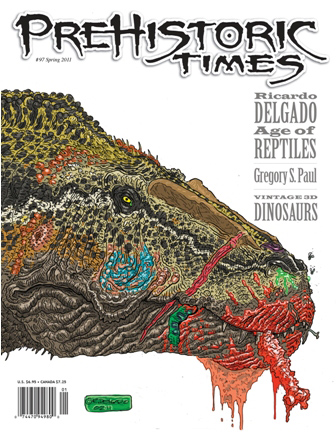The Itchy and Scratchy Show – Lice Plagued the Dinosaurs
The Tree of “Lice” – Parasites “Bugging” the Dinosaurs
Feathered dinosaurs and their non-feathered relatives were probably plagued by parasitic lice. For the short-armed tyrannosaurs and the even shorter-armed abelisaurids not being able to scratch themselves would have made life quite unpleasant for these animals during the Mesozoic. Perhaps extinction was a kindness after all, or maybe if the Dinosauria were weakened by parasites, this could help explain their demise sixty-six million years ago.
A new study carried out by an international team of researchers suggests that lice that plague those extant relatives of the Dinosauria (birds) and lice that associate themselves with mammalian hosts were diversifying quite merrily whilst dinosaurs still reigned supreme. This suggests that the Aves and Mammalia were also diversifying in the Age of Reptiles, a concept alien to many members of the public but the fossil record shows that for both mammals and birds many new genera were evolving long before the dinosaurs, Pterosauria and the marine reptiles became extinct.
Dinosaurs, just like other reptiles had their fair share of biting insects and parasitic bugs and tics, fossils found in Cretaceous amber indicate this. Indeed, some scientists have even cited the rise of parasites as a contributory factor leading to the demise of the dinosaurs.
To read an article on this: Did Bugs and Biting Insects Cause the Dinosaur Demise?
The lack of avian and mammalian fossils from the Mesozoic makes determining their speed of speciation (new species evolving), difficult. However, by studying lice, scientists can draw conclusions on the hosts that the lice associated with. Many lice only affect a single species. For instance, lice of many bird species have evolved special hooks that permit them to lodge themselves between the filaments in a feather, thus making them almost impossible to remove by preening.
If the host evolves, then the parasites evolve to in a process called co-speciation. Scientists used the fossil record for mammals and lice enabled scientists to build up a picture of the radiation of mammal species. As if lice can be seen diversifying into different types, then it can be assumed that they are evolving and adapting to exploit a new host that has also evolved.
The researchers built up a map of related lice fossils and noted that these creatures began to radiate much earlier than previously thought, around 115 million years ago (Early Cretaceous – Aptian faunal stage). The research work has been published in the scientific journal “Biology Letters”.
Lice Plagued the Dinosaurs
However, not wanting to put a fly into the ointment, sticking to the Arthropoda as it were, but there is an additional factor that needs to be considered. The Dinosauria were also diversifying at this time. New types of dinosaur – hadrosaurids, pachycephalosaurids and ceratopsians were evolving and indeed many dinosaurs were feathered (fossil evidence suggests this). Is it appropriate to assume that the lice were living on mammals and birds, the radiation of lice species could reflect increased diversity amongst the Dinosauria, after all, feathered dinosaurs would have been prone to parasites just as much as their avian cousins.
Either way, this work shows how relationships between a parasite and a host can help scientists to “plug” the gaps in the vertebrate fossil record. For us, it still does not explain how the short-armed theropods were able to scratch themselves, perhaps they scratched up against a tree (Baloo in the Jungle Book style), or maybe there were smaller birds and dinosaurs that provided a tic removing service just as we see today on tropical reefs with cleaner fish.
Visit Everything Dinosaur’s award-winning website for fantastic dinosaur and prehistoric animal toys and models: Everything Dinosaur.


